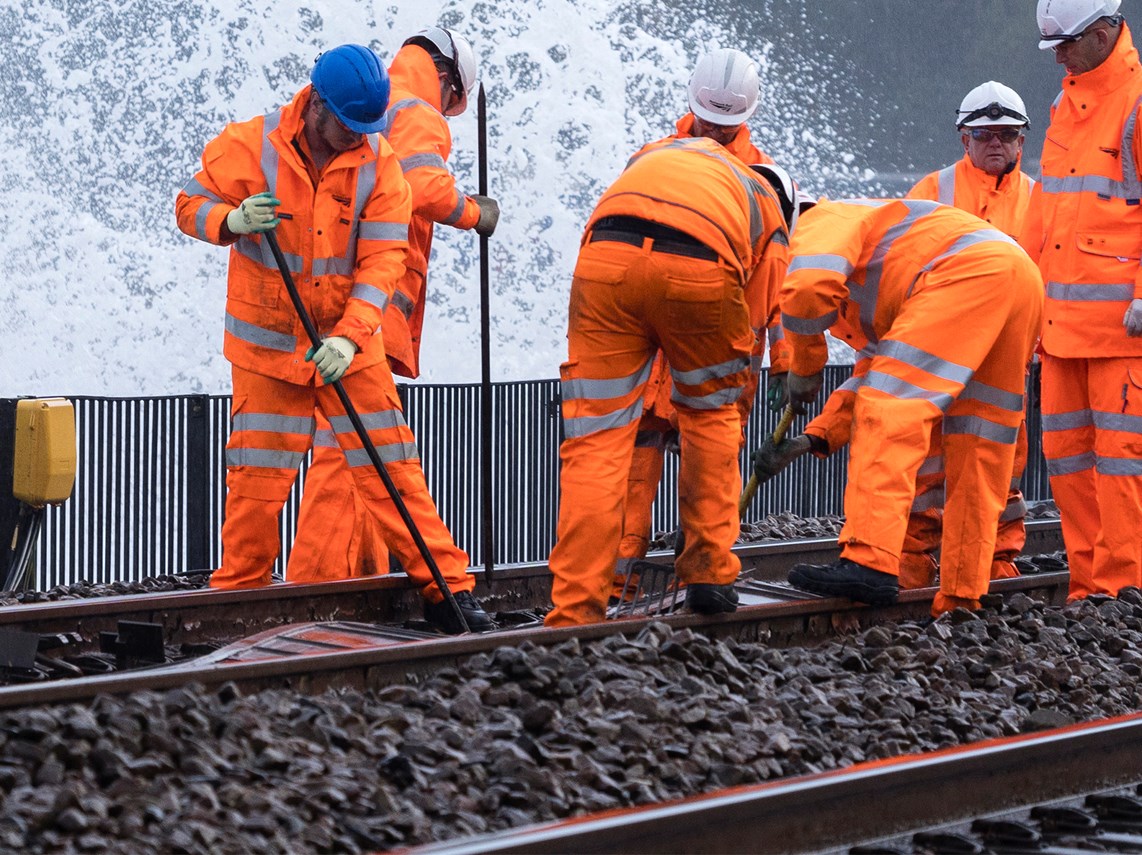Malaysia market intelligence: sustaining construction momentum amid global pressures
Our first Malaysia market intelligence report provides insight into the country’s construction sector, which is positioned for growth in 2024.
We’ve gathered our global insight and expertise in one knowledge base. Explore our advice, research, guides and reports to inform your business decisions.




Our first Malaysia market intelligence report provides insight into the country’s construction sector, which is positioned for growth in 2024.

The threats to our defence systems are increasingly advanced. Technical expertise needs to be matched by a revolution in our ways of working to improve efficiency and agility across the industry’s ecosystem.

Our Q1 2024 US market intelligence report provides market and regional analysis for the region, as well as economic insights and advisory from our team of experts.

In this article, the second in the series, we explore how a life cycle perspective can support delivering effective results throughout the industry.

Network Rail, the backbone of Britain’s railway infrastructure, operates and manages the vast majority of the nation’s rail tracks, signalling systems and stations, ensuring the efficiency and safety of the UK’s rail network.

Our latest report finds that demand in the German construction sector is declining, with the market showing signs of cooling. Prices are flatlining, and there are limited expectations for significant gains in 2024. However, with various areas of the market demonstrating growth, there are opportunities available for contractors who are willing to adapt to new sectors.